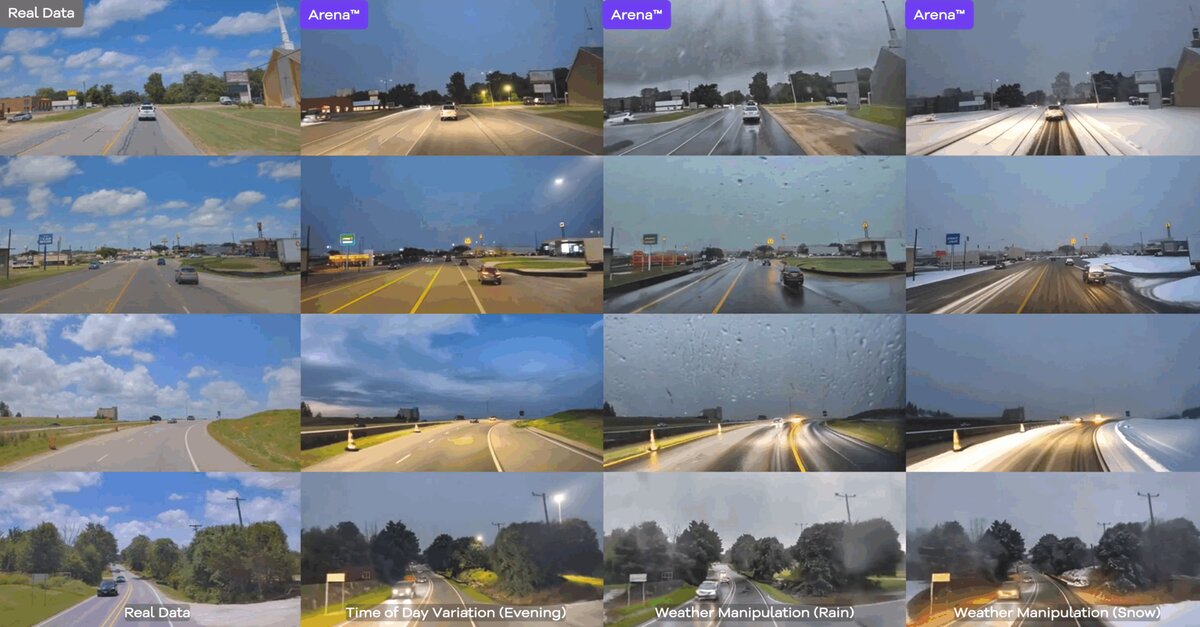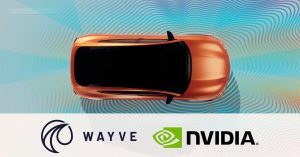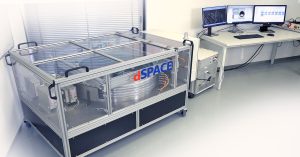Gatik, the autonomous trucking company specializing in freight-only operations, has unveiled Arena, a cutting-edge simulation platform built to speed up the development and validation of its self-driving vehicle systems. Developed in partnership with Nvidia, Arena integrates the Nvidia Cosmos World Foundation Models (WFMs), offering a powerful foundation for creating rich, high-fidelity virtual environments.
With its driverless freight services set to expand in 2025, Gatik is turning to Arena as a way to reduce reliance on costly and time-consuming on-road testing. Instead, the platform enables autonomous systems to be trained and validated in a vast spectrum of virtual driving situations—from everyday traffic conditions to rare, high-risk scenarios that are difficult to encounter in the real world.
At the heart of Arena is advanced synthetic data generation. The system blends real-world driving logs with trajectory editing, agent behavior modeling, and multi-sensor simulation pipelines. This combination delivers full closed-loop simulations, where the autonomous vehicle’s decisions influence, and are influenced by, virtual surroundings—mirroring the cause-and-effect of actual road interactions.
Gatik CEO and co-founder Gautam Narang highlighted the importance of this shift toward smarter simulation data. “As the AV industry pushes toward scaled deployments, the bottleneck isn’t just better algorithms—it’s better, smarter data,” he said. “Arena lets us recreate edge cases, rare incidents, and high-risk situations with photorealism that reflects the true complexity of real-world driving.”
Norm Marks, Nvidia’s vice president of global automotive, emphasized the significance of the collaboration: “Nvidia Cosmos has been purpose-built to accelerate world model training and physical AI development for autonomous vehicles. Partnering with Gatik allows us to create ultra-high-fidelity digital environments that ensure safe, reliable AV training and validation—key steps toward commercializing Gatik’s autonomous trucking technology at scale.”
Simulation-First Development Approach
Arena was designed with three persistent challenges in autonomous vehicle testing in mind—scale, diversity, and reproducibility. To tackle these, it employs a modular simulation engine enhanced by advanced AI techniques such as Neural Radiance Fields (NeRFs), 3D Gaussian splatting, and diffusion models. These technologies make it possible to quickly scale from lightweight scenario tweaks to in-depth, full-stack simulations with unmatched visual and behavioral accuracy.
The platform’s neural rendering capabilities deliver photorealistic environments, while scenario editing tools and sensor-accurate outputs ensure that the simulations reflect the complexities of real-world conditions. This allows developers to test systems in a wide variety of settings—from calm suburban roads to congested city intersections—without leaving the lab.
Arena also models the dynamic interplay between the autonomous “ego” vehicle and other road users, or non-player characters (NPCs), capturing realistic agent behaviors and decision-making processes. This closed-loop interaction is essential for refining system responses to unpredictable real-world situations.
In addition, the platform supports large-scale, annotation-free data generation—streamlining machine learning workflows, enabling robust regression testing, and helping validate safety cases with greater efficiency.
By merging Nvidia’s world modeling technology with Gatik’s domain expertise in autonomous freight, Arena marks a major step toward safer, faster, and more scalable deployment of driverless trucking.







